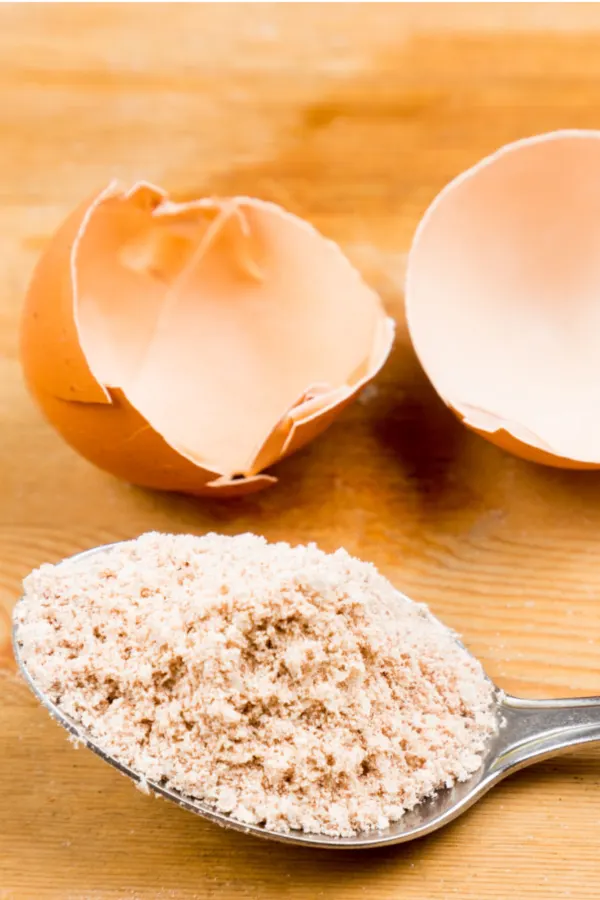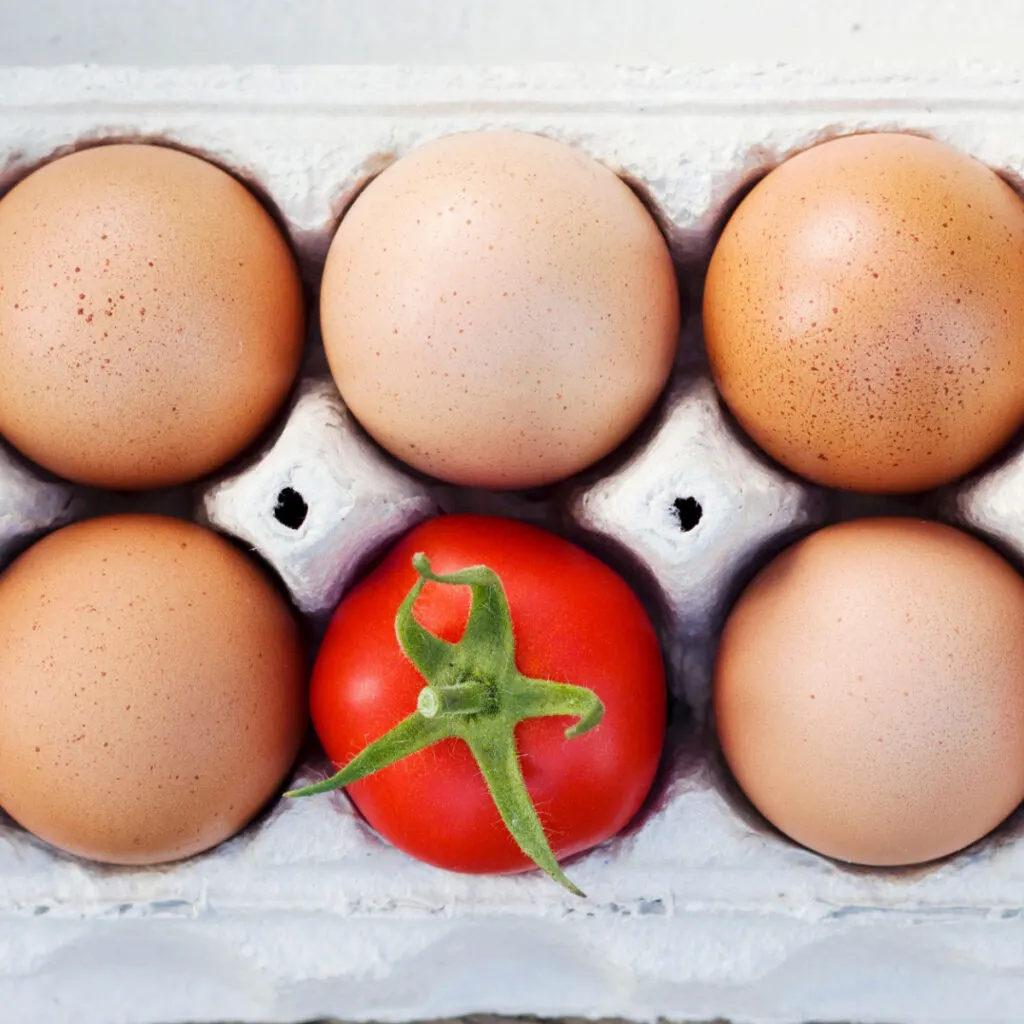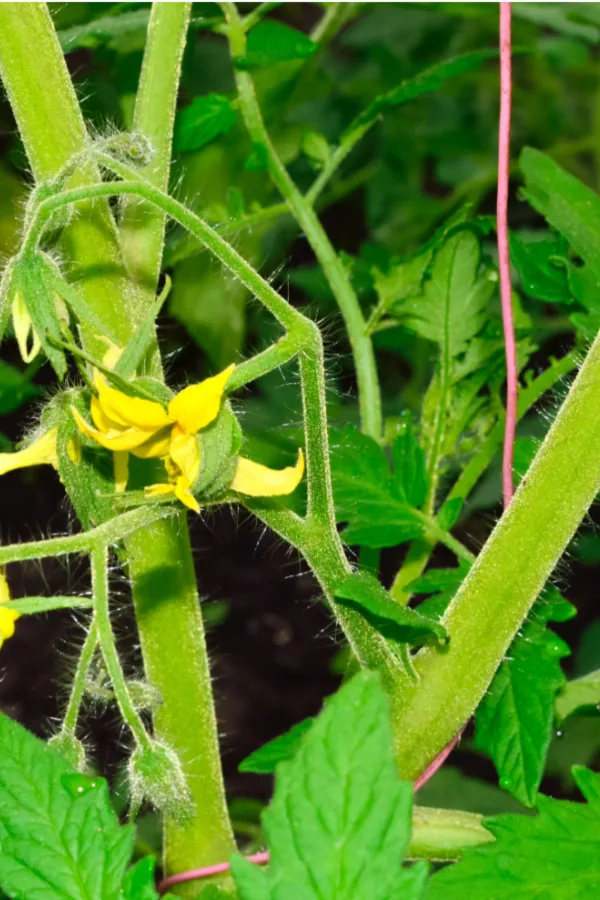When it comes to one of the most beneficial relationships that can occur in a vegetable garden – it’s hard to beat the incredible effect that egg shells can have in helping you grow amazingly healthy and productive tomato plants. Especially when you use those egg shells in just the right way!
One thing is for sure, if you are a gardener who loves to grow tomatoes, saving egg shells should be a high priority. Not only can they help protect tomatoes from disease, they can also energize and fertilize plants. And if that wasn’t enough, they can also help protect them from pests as well.
But as incredible as using egg shells can be for your tomatoes – and they really can be – there are a lot of misconceptions about their true effectiveness. And even more, how they should actually be used to help tomatoes. And that is exactly what today’s article will cover in depth!
The simple truth is that if you use egg shells in just the right way, you will grow better tomatoes. Egg shells contain three major nutrients that tomato plants need desperately – calcium, magnesium and phosphorous. With enough of each, your plants will thrive. And without – trouble looms!
However, and this is a BIG however, simply throwing a few broken egg shells into a planting hole or spreading them around the top of your tomato plants will not help your plants. At least not this year’s plants anyway.
So with that in mind, here is a look at the truth about how egg shells can power tomato plants – and how to use them just right to grow your best crop of tomatoes ever this year!
The Truth About Egg Shells And Tomato Plants
Before we get into how to use egg shells correctly, it’s important to know what the nutrients in them can do for tomato plants. More to the point, the calcium, magnesium and phosphorous that egg shells have that tomatoes need.
Calcium is by far the biggest player when it comes to a tomato plant’s health and production. It is the nutrient responsible for creating thick, healthy cell walls in the stems and branches of a tomato plant. When there is plenty of calcium in the soil, tomato plants develop to their maximum potential.
Even more, calcium also plays a massive role in the health of a tomato plant’s fruit. Without enough calcium, tomato plants can’t properly develop their blossoms into healthy fruit. Instead, the blossom end of the fruit rots as it develops, and the fruit is ruined.
The phenomenon is known as blossom end rot and it can all but ruin yields. But as long as there is plenty of calcium in the soil, it never becomes an issue. The great news – an egg shell consists of nearly 95% calcium!
Magnesium & Phosphorous – The Truth About Egg Shells And Tomato Plants
Not to be lost in the nutrient value of egg shells are the magnesium and phosphorous they can provide to tomato plants as well. Magnesium is vital in powering the photosynthesis process in tomato plants. Without it, the plant can’t convert the sun’s energy into the power it needs to grow.
For More Great Tomato Growing Info, Listen In Below To Our Podcast On How To Fertilize Tomatoes!
Quite often, when a tomato plant’s leaves curl or turn yellow, it is not a lack of water but a lack of magnesium that is the cause. Without enough magnesium, tomato plants will grow weak and it can severely impact their ability to form fruit.
Phosphorous meanwhile is responsible for powering blooms. Without enough, tomato plants simply can’t produce a mass of flowers. And without prolific flowering, a big harvest is out of the question. The great news again – egg shells contain a fair amount of both magnesium and phosphorous as well.
But with all of that said – although egg shells contain an amazing amount of great nutrients for tomato plants, getting those nutrients out of the shells and into the soil and your tomato plants quickly requires a bit of extra effort. Luckily – it’s extremely simple to do!
How To Use Egg Shells To Power Plants – The Truth About Egg Shells And Tomato Plants
One of the best ways to use the power of egg shells is in the planting holes of your tomato plants. But how you use those shells in the hole is extremely important to how much they can help!
The biggest mistake gardeners make with egg shells when trying to help their tomato plants is to not first grind the shells down into a fine powder. Egg shells take a long time to break down. Even ones that are crushed into smaller pieces.

Because of that, simply breaking a few shells into pieces and throwing them in a planting hole will most likely not help this year’s plants at all. By the time they break down and give back their nutrients, the growing season will be over.
The answer? Grind those shells into a fine powder, and you unlock their potential almost immediately!
Grind Those Egg Shells! The Truth About Egg Shells And Tomato Plants
By using a small, inexpensive coffee grinder, or even going old school with a pestle and mortar, you can pulverize egg shells into a fine powder. A powder that can then be mixed right into the planting hole soil as you plant your tomato plants. Affiliate Link: Basics Stainless Steel Electric Coffee Bean Grinder
How much should you add? For tomato plants, adding two to three tablespoons of powdered shells per plant is perfect. It gives plenty of calcium, magnesium and phosphorous to help plants as they grow. You can also add in coffee grounds, worm castings and compost to help as well. (See: The Perfect Way To Plant Tomato Plants)
But don’t stop there, once your plants are in the ground, sprinkle a few more tablespoons on top of the soil around each plant. Over the following weeks and months, the nutrients from the top powder will also leach into the soil to help power your plants. It really is that easy!
Perhaps best of all – by adding powder all around, you are also helping to recharge your garden soil as a whole. And with each passing year, there will never be a worry about having enough calcium to help your plants avoid blossom end rot – or to simply grow strong and healthy.
Even More Reasons To Grind Those Shells – The Truth About Egg Shells And Tomato Plants
There are also a couple of extra benefits that come from grinding up your egg shells. The most obvious is that it allows you to save and store them with ease. Powdered shells can be ground up and kept all winter long with ease.
Simply grind and place in a container or freezer bag in your freezer. Continue grinding and adding all winter as you have more. Come spring, you will have plenty on hand whenever and wherever needed.
You can also grind up any extra shells before adding them to your compost pile. Just as in the soil, it will break down far faster in the compost and absorb into the pile. Here is to using egg shells to power your tomato plants – and grinding them down for instant success! Happy Gardening – Jim and Mary
Old World Garden Farms
Jim and Mary Competti have been writing gardening, DIY and recipe articles and books for over 15 years from their 46 acre Ohio farm. The two are frequent speakers on all things gardening and love to travel in their spare time.
As always, feel free to email us at thefarm@owgarden.com with comments, questions, or to simply say hello! You can sign up for our free email list in the subscribe now box in the middle of this article. Follow us on Facebook here : OWG Facebook. This article may contain affiliate links.



